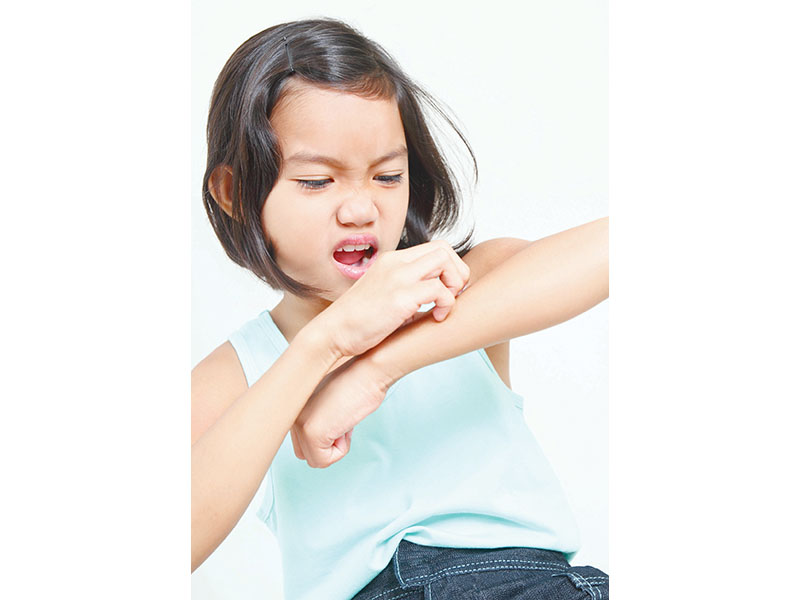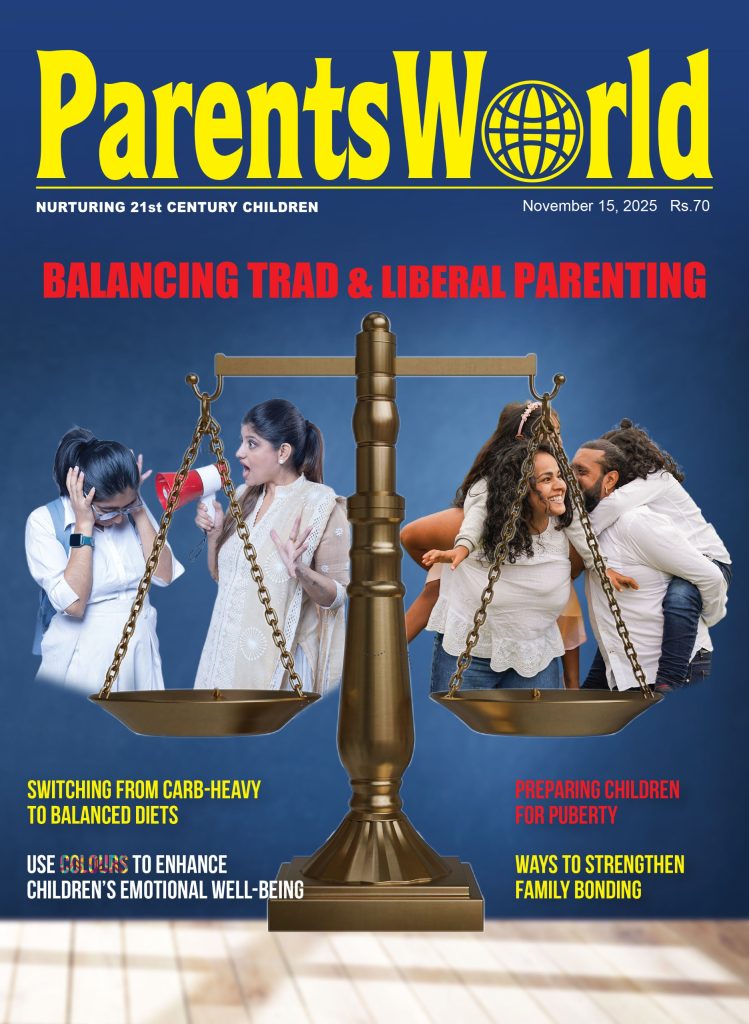Preparing children for puberty

Dr. Ridhi Kaur
– Dr. Ridhi Kaur is a Hyderabad-based paediatrician at Punjagutta Polyclinic
My daughter has just turned nine years old. I don’t know how to prepare her for puberty. Please advise.
— Maria Dillon, Goa
Puberty is the biological process of physical maturation, with the typical onset age ranging between 8-13 years for girls and 9-14 years for boys. The early/late onset of puberty is determined by genetics, nutritional well-being and exposure to endocrine-disrupting chemicals such as plastics and pesticides.
You should watch for these signs of puberty:
- Breast budding (thelarche) in girls — usually the first sign.
- Pubic and axillary hair growth (pubarche/adrenarche) in both sexes.
- Growth spurt
- Skin changes (acne) and body odour
- Onset of menstrual cycles (menarche) typically occurs 2-3 years after breast budding in girl children
Here are some suggestions to prepare your daughter for puberty:
- Initiate discussions on puberty and the body changes it entails.
- Discuss social media messages about body image, healthy body diversity, and respect for privacy and consent.
- Model balanced meals, plan shared physical activities, and ensure consistent sleep schedules
- Ensure sex education conversations are age-appropriate — facts first, values later, and emphasize safety, consent and talking to trusted adults.
 My seven-year-old suffers from constipation. Please suggest prevention strategies.
My seven-year-old suffers from constipation. Please suggest prevention strategies.
— Diya Nandakumar, Trivandrum
Constipation is one of the most common gastrointestinal complaints among children, affecting 30 percent of the child population. Its prevalence is higher in urban children because of higher consumption of processed foods, reduced fibre intake, sedentary habits, and altered toileting routines.
Diets that include excessive consumption of refined carbohydrates, ultra-processed snacks, and sugary drinks, with low consumption of fruits, vegetables, and whole grains, cause constipation and alter the gut microbiome.
Major lifestyle and behavioral changes include:
- Toilet avoidance. This is common in school-aged children who hesitate to use public toilets during school hours.
- Reduced physical activity. Urban sedentary lifestyles, increased digital screen time, and limited outdoor play reduce colonic motility.
- Inadequate hydration. Many children don’t drink enough water, replacing it with milk, sugary drinks that adversely affect stool softening.
Constipation is primarily and largely a lifestyle disorder, which can be managed by simple lifestyle changes without need for medication. I suggest the following:
- Include fruits, vegetables, whole grains in the family diet. Also, natural fibrous foods such as prunes, chia seeds, and green leafy vegetables.
- Ensure adequate hydration and water intake.
- Discourage consumption of ultra-processed, packaged foods and snacks.
- Encourage daily physical activity of at least 60 minutes.
- Encourage a toilet routine and training. Avoid punishment.
- Maintain regular meal timings.
My eight-year-old son and ten-year-old daughter spend a lot of time playing outdoors, including the terrace. How do I protect them from vector-borne diseases, especially during the rainy season?
— Manvee Shriram, Bengaluru
Mosquito-borne infections such as dengue, malaria, and chikungunya surge during and after the monsoon because of pools of stagnant water and heightened humidity. Here are some ways to protect children:
- Drain stagnant water weekly in flower pots, buckets, bird baths, open drums, and water coolers.
- Store water safely. Keep all water containers covered.
- Clean and maintain drains and roof gutters to avoid water pooling and stagnation.
- Apply approved topical insect repellent on exposed skin when children are playing outdoors. Use creams with DEET (10 percent) or Picardin (20 percent) once a day.
- After children return indoors, wash the repellent off their skin with soap and water.
- Clothe children in long-sleeve shirts, long pants, closed shoes, and light-coloured clothing.
- Use mosquito nets.
- Keep windows and screens closed.
If your children complain of fever, severe headache, chills, body rash and breathlessness, consult your pediatrician immediately.
 Because of heavy pollution, my six-year-old daughter has started developing dry skin. Please suggest a daily skin care routine.
Because of heavy pollution, my six-year-old daughter has started developing dry skin. Please suggest a daily skin care routine.
— Harshita Vinayak, Hyderabad
Children growing up in polluted urban environments are increasingly reporting skin diseases linked to poor air quality. Fine particulate matter (PM2.5, PM10), nitrogen oxides, and volatile organic compounds penetrate and damage skin barriers. Some common skin problems afflicting children today include:
- Atopic dermatitis and eczema flares. Pollution weakens the skin barrier, increasing susceptibility to allergens and irritants.
- Contact and irritant dermatitis. Daily exposure to detergents, fragrances, and airborne irritants contributes to recurrent rashes and dryness.
- Acne and folliculitis. Pollutants promote clogged pores and inflammation in preteens.
- Dry, sensitive skin and post-inflammatory pigmentation
Please follow these skin care guidelines for your daughter:
Gentle cleansing. Use pH-balanced, fragrance-free syndet cleansers. Avoid harsh soaps or antibacterial washes. Bathe her with lukewarm water for ≤10 minutes.
Regular moisturization. Apply an emollient (petrolatum, ceramide, glycerin, mineral oil–based) immediately after bathing her and before bedtime. This restores barrier function and prevents dryness or eczema flares.
Sun and pollution protection. Use broad-spectrum mineral sunscreens (zinc oxide or titanium dioxide, SPF ≥ 30). Wash her face and exposed skin after returning from school/ outdoors to remove pollutants.
Avoid unnecessary cosmetic products. Don’t use fragranced lotions, alcohol-based toners, and “antipollution” cosmetics with unverified claims.
Lifestyle change. Encourage hydration, a balanced diet rich in fruits and omega-3 fats, adequate sleep, and avoid excessive use of indoor air pollutants such as incense, aerosols, etc.















Add comment